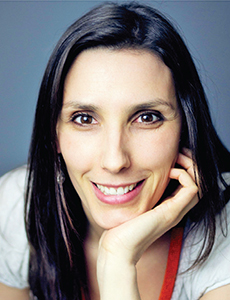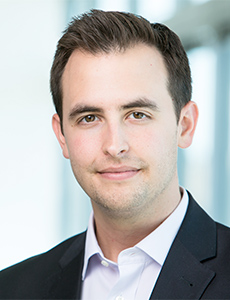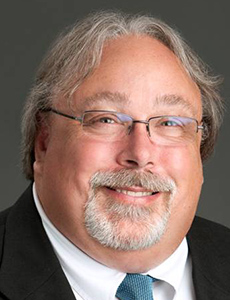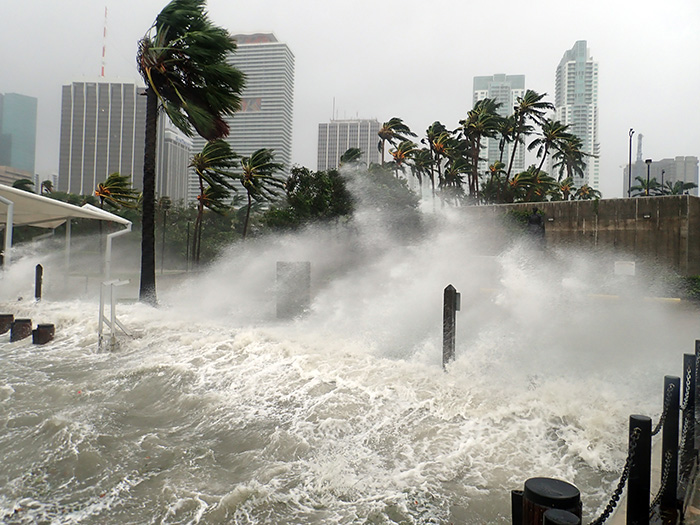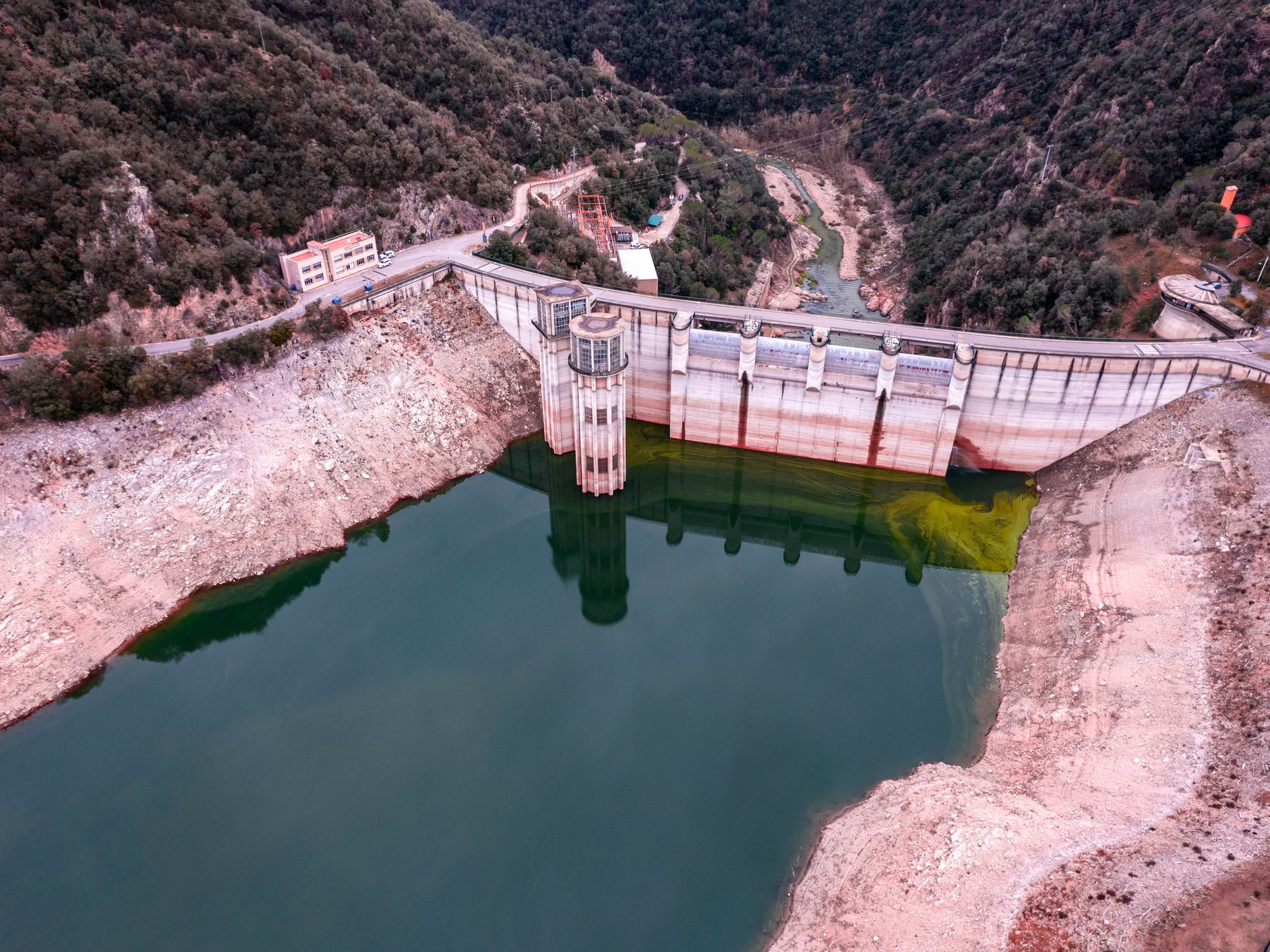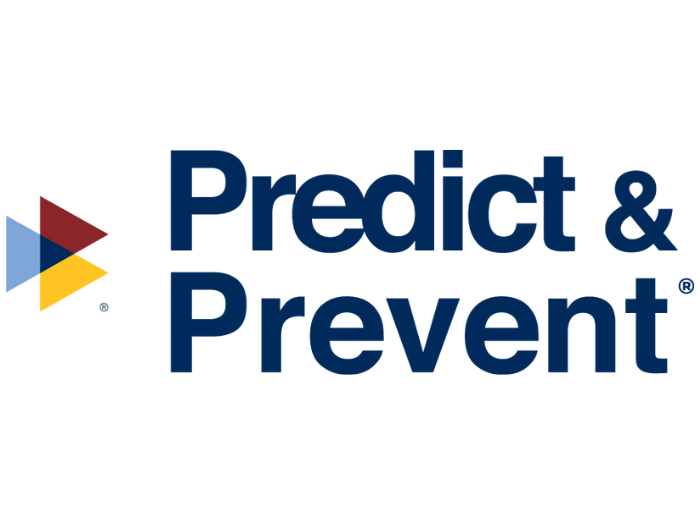Catastrophe Risk
Living With Wildfire Risk
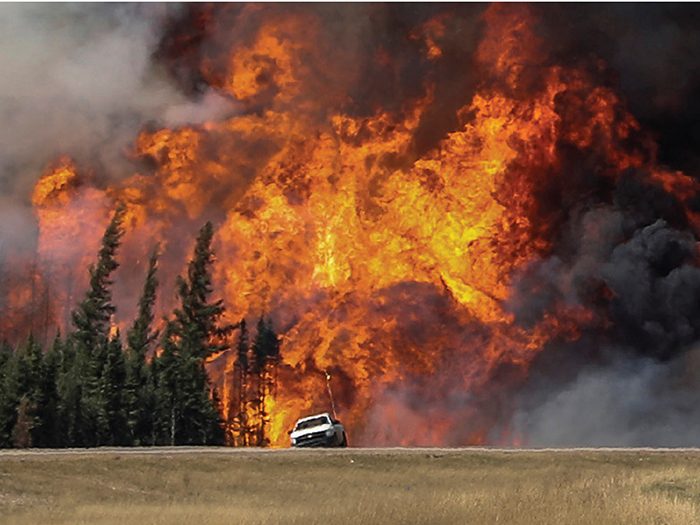
In 2016, shocking images of a huge fire that destroyed 32,000 personal and commercial properties in the region of Fort McMurray, Canada, dominated the news for days. A year later, all eyes were on central Portugal when more than 60 people died in a blaze in the region of Pedrógão Grande.
Last June, it was the turn of Portugal to suffer a catastrophic event, a more tragic one at that, as more than 60 people died in a blaze in the region of Pedrógão Grande, in the center of the country.
The threat of wildfires now commonly extends well beyond summer. The tourist town of Gatlinburg, Tenn., was devastated by wildfire in late November last year, resulting in 14 deaths and $600 million in insured losses. The total number of U.S. wildfires has actually fallen slightly in recent years, but high-intensity fires have increased, causing wider levels of destruction.
Experts say that the risk is becoming more intense due to climate change and the expansion of urban agglomerations towards forest areas. Exposed communities, the authorities, and the insurance industry alike need to tackle the challenges created by an ever more serious risk.
The most visible and tragic effect of wildfires is the potential to cause a large number of deaths. The Pedrógão Grande tragedy was the third deadliest wildfire recorded this century, surpassed only by the Black Saturday bushfires in Australia, which killed 180 people in 2009, and the fires that rampaged through Greece in August 2007, which left 65 fatalities.
Since 2000, more than 1,000 people have died as a direct consequence of wildfires around the world, according to the Emergency Events Database, which is maintained by the Catholic University of Louvain, in Belgium.
But economic losses can also be significant, and their impact on the insurance industry is steadily on the rise, as some of the regions most exposed to wildfire risks have high levels of insurance penetration.
This is the case in the Western U.S., Australia and Canada, as well as parts of the Mediterranean basin in Europe. The Fort McMurray blaze caused Canada’s largest-ever insured losses, reaching $2.9 billion, according to Swiss Re. Total economic losses were close to $4 billion, the highest ever for a natural catastrophe event in the country.
Between 2000 and 2016, insured losses caused by wildfire surpassed more than $40 billion. That sounds small compared to damages caused by events such as earthquakes and floods. But there are indications that both economic and insured losses could pile up in the future.
Key Contributors
Climate change and lifestyle shifts are driving up the risk of wildfire in places such as the Western U.S. Drier summers and warmer winters have extended the wildfire season, increasing the risk of combustion. At the same time, the desire of wealthy homeowners to live closer to natural surroundings has increased the exposure of properties to the risk.
“Wildfire risks are becoming more serious as events take place near the ever-expanding wildland-urban interface areas,” said Kevin Van Leer, a product manager at risk modeling firm RMS. “The wildfire season also appears to start earlier and end later than it used to.”
“All agents involved need to realize that in some areas, fires are part of the ecosystem and they will happen.” — Patricia Alexandre, wildfire expert, University of Lisbon
Cal Fire, California’s firefighting agency, reported 488 wildfires in the state during the first week of July alone. An official told the Washington Post that, usually, there were between 150 and 200 events in the peak wildfire season.
“We expect more hot and dry weather in the future, and thus, more fire,” said Mike Flannigan, a wildfire researcher and professor at the University of Alberta. “It is only getting worse.”
In Alberta, the beginning of the fire season used to be set at April 1st, peaking in June or July. Nowadays, preparations begin at earnest in March 1st, and May is proving to be the most dangerous period of the year.
The evolution of wildfire risks creates challenges for the insurance industry, especially as events occur more often in areas with significant insurance penetration.
“There are large, dense populations in California in areas where there is a high risk of wildfire around them,” said Tom Jeffery, a senior hazard scientist at Corelogic, a risk consultancy.
Verisk, another risk consultancy, has estimated that 30 percent of households in Oklahoma and Wyoming, and 50 percent in Montana, are exposed to moderate to high risk of wildfire losses.
Companies such as RMS, which expects to release a wildfire risk model soon, claim they are making progress in the ability to model the risk.
“From a modeling point of view, probabilistic methods can enable insurers and reinsurers to better manage their accumulations of exposure, particularly in the wildland-urban interface,” Van Leer said.
But several challenges remain on the proper aggregation of exposures. The unpredictability of weather trends makes it hard to forecast when and where a wildfire might occur, and how far it can spread out, as the amount of snow that falls in winter and the intensity of rainfalls in the summer are important factors to be considered.
The universe of claims data is still limited, and it is also complicated to forecast the possible causes of a wildfire event. Wildfires can originate from human or natural causes alike. The Fort McMurray disaster was likely to have been caused by people, while this year’s tragedy in Portugal has been attributed to lightning.
In certain ecosystems, such as boreal forests, fires are part of a delicate balance that has been forged during several millennia, and some kinds of fauna and flora specimens rely on regular bouts of burning to maintain their life cycles.
For that reason, in many situations, the best course of action when there is a fire is to keep an eye on it, but let it run its course. And a good thing it is too, as the sheer volume of wildfires that are registered every year would make it practically impossible to fight them all.
According to the National Interagency Fire Center, there have been more than 33,920 wildfires in the United States alone year to date through July 14. But only a handful of them, however, are considered a cause for concern by authorities.
“In the Western U.S., 1 percent of the fires answer for 99 percent of the burned area. In Canada, it is estimated that 3 percent of fires burn 97 percent of the burned area,” Flannigan said.
“Out of thousands of wildfires reported every year, only a couple of them cause significant insurance damage,” Van Leer pointed out. “But, as in the case of Fort McMurray and Gatlinburg last year, they can be very important events.”
Mitigate and Adapt
Once a wildfire gains in size and intensity, putting it out is virtually impossible by human means. The best firefighters can do is to direct the bulk of the fire away from populated areas, and even that can be daunting.
That’s why insurers, as well as local authorities, are emphasizing mitigation measures.
In Flannigan’s view, the best way to deal with the risk of wildfire is the same way that many communities already tackle floods — in other words, by adapting to it. Properties must be built with non-flammable materials, and inhabitants should make sure that their properties are kept clear of dry shrubs, leaves and twigs, among other potential fuels.
Many other small measures like these have been encouraged by local authorities in a quest to reduce the opportunities for fire to spread, although officials say that they often meet resistance from property owners.
Research with American communities exposed to wildfire has found out that only a tiny minority of homeowners would be willing to invest in such measures, although a much larger number would be more amenable to the idea if they could share the costs with the state.
The resistance to adaptation is particularly worrying because even if a property owner takes all the right measures but her neighbors don’t, the house is likely to burn down anyway. “It’s like dominos,” Flannigan said.
Keeping a community tidy may also prove insufficient, as studies have concluded that one the main reasons why the Fort McMurray fire caused so much property damage was the spreading of burning embers carried by the wind and dropped onto the roofs of buildings. So fireproof roofing and cladding is part of the equation.
“All agents involved need to realize that in some areas, fires are part of the ecosystem and they will happen,” said Patricia Alexandre, a wildfire expert at the University of Lisbon. who has studied the phenomenon both in Portugal and the United States.
“It goes for communities, governmental agencies, insurance companies and so on. It is just like floods. It makes sense to treat it as a reality and adapt and be ready for it.” &

